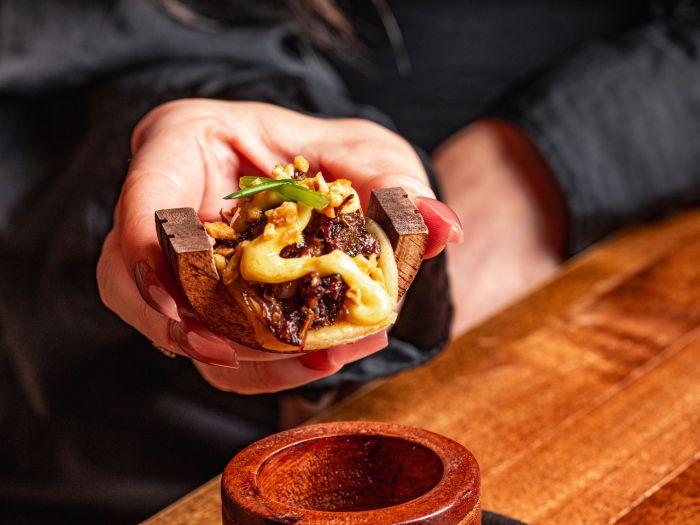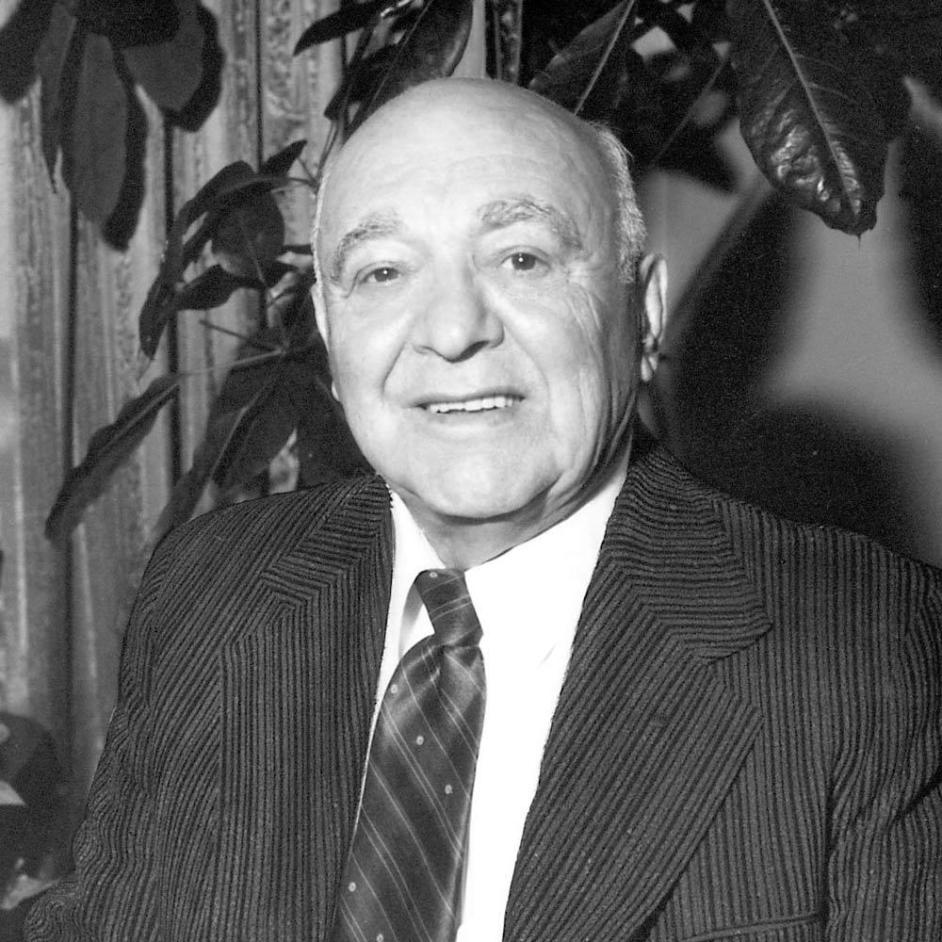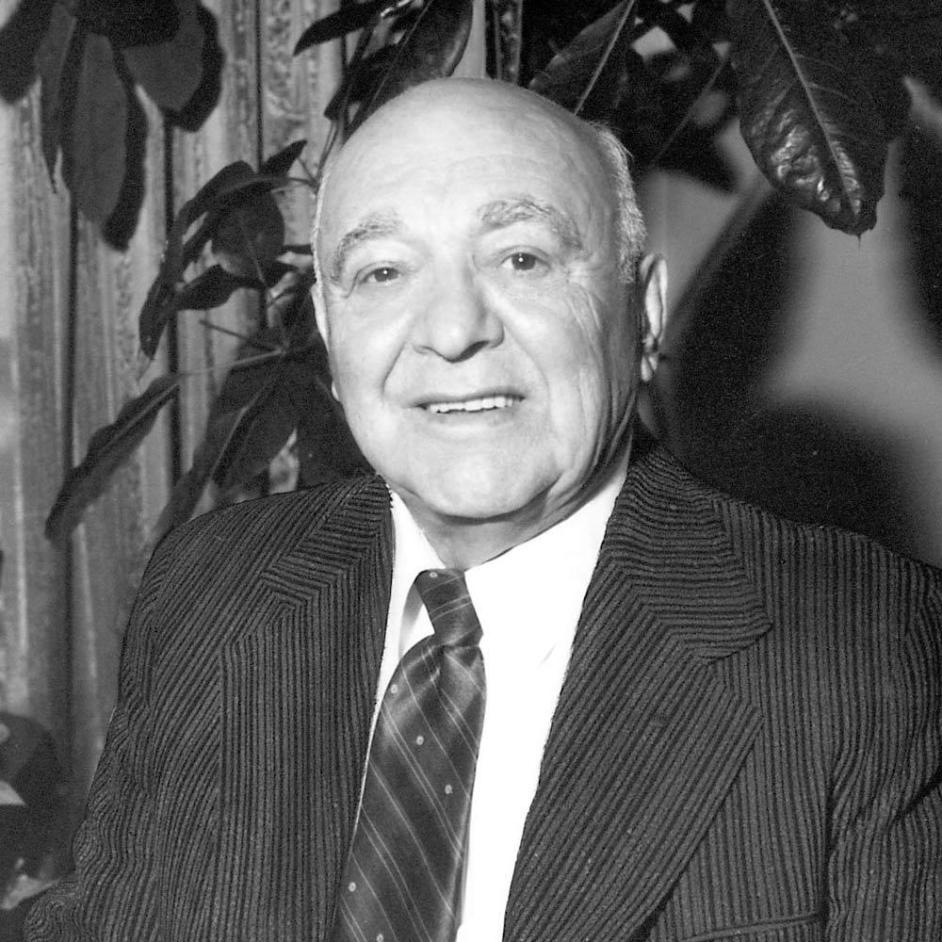Best time to visit Austin: Unveiling the perfect season for your Texan adventure! Austin, a vibrant city bursting with music, food, and outdoor fun, beckons visitors year-round. But when is the absolute best time to experience its unique charm? This guide dives deep into weather patterns, festival calendars, tourist crowds, and budget-friendly options to help you plan your unforgettable Austin getaway.
From the bustling energy of South Congress to the tranquil beauty of Zilker Park, Austin offers a diverse array of experiences. Understanding the ebb and flow of seasonal changes and events is key to maximizing your time and minimizing the hassles of peak tourist season. This comprehensive exploration will help you discover the optimal period for your trip, whether you’re seeking vibrant festivals, pleasant weather, or a more affordable experience.
Introduction to Austin

Austin, Texas, is a vibrant city renowned for its unique blend of Southern charm and progressive spirit. From its thriving music scene to its eclectic culinary scene, Austin offers a distinctive experience that sets it apart from other American cities. The city’s commitment to sustainability and outdoor recreation is evident in its parks, trails, and commitment to a relaxed lifestyle.
It’s a place where live music echoes through the streets, and where a laid-back atmosphere pervades nearly every corner.The city’s popularity continues to grow, attracting a diverse range of visitors seeking a taste of its unique culture and outdoor adventures. It’s a city that knows how to celebrate its individuality, whether it’s through a live music performance or a casual gathering at a local brewery.
Understanding the city’s attractions, weather, and atmosphere will help you plan a trip that perfectly suits your interests.
Major Attractions and Activities
Austin boasts a diverse range of attractions that cater to various interests. Iconic landmarks such as Zilker Park, with its scenic trails and swimming opportunities, draw crowds year-round. The vibrant music scene, fueled by venues like the Continental Club and the Cactus Cafe, makes Austin a haven for music lovers. Beyond the music scene, Austin offers a thriving culinary scene, with numerous restaurants featuring everything from upscale dining to casual Tex-Mex fare.
Shopping experiences range from unique boutiques and art galleries to large retail outlets.
- Zilker Park: A sprawling green space offering various recreational activities, including hiking, biking, picnicking, and swimming in Barton Springs Pool.
- Barton Springs Pool: A natural spring-fed pool, a popular spot for swimming and relaxation, especially during the warmer months.
- South Congress (SoCo) Avenue: Known for its eclectic mix of shops, restaurants, and live music venues. It’s a bustling hub with an energetic atmosphere.
- State Capitol: The Texas State Capitol building, an architectural marvel, offers a glimpse into the state’s history and government.
- Lady Bird Lake: A popular spot for kayaking, paddleboarding, and enjoying the scenic views of the surrounding area.
Weather Patterns
Austin’s weather is generally pleasant throughout the year, with warm summers and mild winters. Understanding the typical temperature ranges will help you plan your clothing and activities accordingly.
- Summers: Austin experiences hot and humid summers, with temperatures often reaching into the 90s Fahrenheit (approximately 32-35 degrees Celsius). Be prepared for high humidity and plan outdoor activities during the cooler parts of the day. Expect occasional afternoon thunderstorms.
- Winters: Austin’s winters are mild, with average temperatures typically in the 50s and 60s Fahrenheit (approximately 10-20 degrees Celsius). Light jackets or sweaters might be needed for cooler evenings.
- Spring and Fall: Spring and fall offer pleasant weather, with comfortable temperatures that make outdoor activities enjoyable. These seasons are ideal for exploring the city’s parks and enjoying the fresh air.
Atmosphere and Vibe
Austin has a distinctive atmosphere that sets it apart from other American cities. The city embraces a laid-back, friendly vibe, and it’s known for its creativity and progressive spirit.
- Relaxed and friendly: Austin has a reputation for being welcoming and friendly to visitors. The pace of life is generally relaxed, making it a pleasant place to explore and enjoy.
- Creative and progressive: The city is known for its artistic and creative culture. This is evident in its music scene, culinary offerings, and overall approach to life.
- Outdoor recreation: Austin’s commitment to outdoor recreation is evident in its extensive park system and commitment to sustainability. This creates a culture that prioritizes outdoor activities.
Tourist Demographics
Austin attracts a diverse range of tourists, with various interests and backgrounds. The city’s popularity draws visitors seeking different aspects of the city’s unique charm.
- Music lovers: Austin’s renowned music scene draws many tourists who appreciate live music and want to experience the city’s vibrant musical culture.
- Foodies: Austin’s culinary scene is another significant attraction for visitors. The diverse range of restaurants and food trucks appeals to those seeking a unique culinary experience.
- Outdoor enthusiasts: Austin’s parks, trails, and lakes draw tourists who appreciate outdoor recreation and a connection with nature.
- Students and young professionals: The presence of universities and colleges in the Austin area contributes to a younger demographic among tourists.
Weather Considerations
Austin’s weather is a significant factor when planning a visit. The city enjoys a pleasant climate much of the year, but understanding the seasonal variations is crucial for maximizing your enjoyment and avoiding potential discomfort. The warm, sunny days are a major draw, but knowing the potential for rain and extreme temperatures is key to a successful trip.Austin’s climate is generally characterized by warm, sunny days and mild nights, but seasonal variations are noticeable.
Knowing the typical temperature and precipitation patterns can help you choose the optimal time for your visit, ensuring a pleasant and comfortable experience. Understanding potential risks associated with specific weather conditions will allow you to prepare adequately and enjoy your trip safely.
Spring is generally the best time to visit Austin, with pleasant temperatures and fewer crowds. However, if you’re interested in exploring the fascinating ruins of the Mayan Palace in Mexico, you might want to consider visiting during the dry season, as that’s when the best conditions for exploring the remains mayan palace mexico are. Regardless of the season, Austin is always a great destination!
Average Temperatures and Precipitation, Best time to visit austin
Austin experiences a diverse range of weather conditions throughout the year, transitioning from pleasant spring and fall seasons to hot summers and cool winters. Understanding these seasonal differences will allow you to plan your activities and pack accordingly.
| Month | High Temp (°F) | Low Temp (°F) | Precipitation (in) | Humidity (%) |
|---|---|---|---|---|
| Jan | 68 | 44 | 2.5 | 55 |
| Feb | 71 | 47 | 2.2 | 58 |
| Mar | 78 | 54 | 2.0 | 60 |
| Apr | 84 | 61 | 2.8 | 65 |
| May | 89 | 67 | 3.5 | 70 |
| Jun | 93 | 72 | 4.0 | 75 |
| Jul | 95 | 74 | 4.5 | 80 |
| Aug | 94 | 73 | 4.2 | 82 |
| Sep | 90 | 68 | 3.8 | 78 |
| Oct | 82 | 59 | 2.6 | 68 |
| Nov | 74 | 52 | 2.2 | 62 |
| Dec | 68 | 45 | 2.5 | 56 |
Influence on Outdoor Activities
The weather significantly impacts outdoor activities in Austin. For example, hot, humid summers might deter some from hiking or outdoor concerts, while cool, crisp fall days are ideal for enjoying the city’s numerous parks and trails. The timing of your visit will influence the type and duration of activities you can enjoy.
Potential Weather Risks
Austin’s weather patterns can present potential risks. Heavy rainfall can lead to flooding, particularly in low-lying areas. Extremely high temperatures in the summer can cause heat exhaustion or heat stroke, especially for those not acclimated to the heat. Knowing the risks and taking precautions can ensure a safe and enjoyable trip.
Best Time to Avoid Extreme Weather
The best time to visit Austin to avoid extreme weather conditions is generally during the spring (March-May) and fall (September-November) months. These seasons offer pleasant temperatures, lower humidity, and less rainfall compared to the summer and winter months. Spring and fall provide ideal conditions for outdoor activities, making it a more enjoyable time to experience the city.
Event Calendar and Festivals
Austin’s vibrant culture shines through its diverse calendar of events and festivals. These celebrations are a significant draw for tourists, transforming the city into a hub of activity and entertainment throughout the year. The city’s commitment to fostering a lively atmosphere and unique experiences makes it a prime destination for those seeking a dynamic and unforgettable travel experience.
Major Festivals and Events
Austin hosts a plethora of festivals and events that cater to various interests. From music to food, art to outdoor adventures, there’s something for everyone. These events play a crucial role in shaping Austin’s tourism landscape, attracting visitors and enhancing the city’s reputation as a vibrant cultural hub.
Key Events and Their Impact
| Event | Date | Description | Crowd Size Estimate |
|---|---|---|---|
| South by Southwest (SXSW) | March | A globally renowned festival encompassing film, music, interactive media, and more. | Hundreds of thousands |
| Austin City Limits Music Festival | October | A renowned music festival featuring world-class performers across various genres. | Approximately 100,000+ attendees per day |
| Zilker Park events | Throughout the year | Zilker Park hosts numerous events, including the Zilker Park Farmers Market, the Zilker Botanical Garden events, and various concerts. | Variable, depending on the specific event |
| Austin Food & Wine Festival | October | A celebration of culinary delights, featuring food demonstrations, tastings, and various other events. | Tens of thousands |
| LBJ Presidential Library events | Throughout the year | The LBJ Presidential Library hosts lectures, exhibits, and other events throughout the year. | Variable, depending on the event |
These events significantly impact tourism. For instance, SXSW draws a large influx of visitors, boosting hotel bookings, restaurant revenue, and retail sales. The Austin City Limits Music Festival, another prominent event, has a similar effect, attracting tourists from all over the world to experience the city’s vibrant music scene. Zilker Park events and other festivals generate considerable local economic activity, creating a positive ripple effect throughout the community.
The Austin Food & Wine Festival, for example, brings food enthusiasts and foodies from near and far, supporting local restaurants and chefs.
Crowd Sizes and Atmosphere
The crowd sizes at these events vary considerably. SXSW, with its broad appeal and diverse offerings, typically sees hundreds of thousands of attendees. The Austin City Limits Music Festival also attracts a massive crowd, often exceeding 100,000 people per day. Smaller events, like the Zilker Park Farmers Market or local concerts, will have significantly smaller crowds. The atmosphere at each event is distinctive.
SXSW is a vibrant and energetic atmosphere, filled with creativity and innovation. The Austin City Limits Music Festival has a highly charged, enthusiastic vibe, with music fans enjoying world-class performances. Smaller events often have a more intimate and relaxed atmosphere, fostering community engagement.
Influence on Best Time to Visit
The calendar of events strongly influences the best time to visit Austin. For music lovers, attending the Austin City Limits Music Festival or exploring the local music scene in general might make October or September a preferred time. SXSW, with its focus on film, music, and technology, makes March a popular choice for those seeking innovation and a unique cultural experience.
Visitors seeking a more relaxed and community-focused experience might consider visiting during the spring or fall months, when weather conditions are ideal and fewer crowds are present at non-festival events. Ultimately, the best time to visit Austin depends on personal interests and preferences.
Crowds and Tourist Activity
Austin, with its vibrant culture and outdoor attractions, draws a significant number of visitors throughout the year. Understanding the typical tourist volume and how it impacts your experience is crucial for planning your trip effectively. Different seasons present varying levels of crowds, influencing everything from the cost of accommodations to the ease of enjoying the city’s unique offerings.
Typical Tourist Volume by Season
Austin’s tourist volume fluctuates considerably depending on the time of year. Peak season, generally encompassing spring break and summer months, experiences the highest visitor numbers. These months see a surge in tourists, often leading to increased competition for popular attractions and accommodations. Conversely, the winter months, particularly January and February, usually see lower visitor numbers, offering a more relaxed and less crowded experience.
Understanding these patterns allows you to tailor your visit to best suit your preferences for a less hectic or more active experience.
Crowds at Various Locations
The concentration of crowds varies significantly across Austin’s diverse attractions. Popular spots like Zilker Park, Barton Springs Pool, and the Texas State Capitol experience the highest density during peak season. However, even less-visited locations can become crowded during high-traffic periods. For a more tranquil experience, consider visiting these locations during the off-season or during the weekdays.
Impact on Experience
The level of crowds significantly affects the overall visitor experience. High crowds can lead to longer wait times at popular attractions, increased competition for space, and a more hurried pace. Conversely, lower crowds allow for a more relaxed and personalized experience, enabling you to fully appreciate the city’s charm and offerings at your own pace. Consider the trade-offs between experiencing the city with a more immersive atmosphere or a more relaxed and personalized one.
Impact on Pricing and Availability
The high volume of tourists during peak season directly impacts the pricing and availability of accommodations. Hotels, hostels, and Airbnb rentals tend to be more expensive and book up faster. This is especially true during major events or festivals. Planning ahead and booking accommodations well in advance is essential to securing a suitable and affordable option.
Average Visitor Numbers per Month
| Month | Average Visitors (Estimated) | Visitor Type (General Estimate) |
|---|---|---|
| Jan | 50,000 | Business, leisure, and winter visitors |
| Feb | 60,000 | Business, leisure, and winter visitors |
| Mar | 80,000 | Spring break, leisure, and business visitors |
| Apr | 100,000 | Spring break, leisure, and business visitors |
| May | 120,000 | Spring break, leisure, and business visitors |
| Jun | 150,000 | Summer tourists, leisure, and business visitors |
| Jul | 180,000 | Summer tourists, leisure, and business visitors |
| Aug | 160,000 | Summer tourists, leisure, and business visitors |
| Sep | 120,000 | Fall visitors, leisure, and business visitors |
| Oct | 100,000 | Fall visitors, leisure, and business visitors |
| Nov | 80,000 | Fall visitors, leisure, and business visitors |
| Dec | 70,000 | Holiday travelers, leisure, and business visitors |
Note: These are estimated visitor numbers and may vary depending on specific events and circumstances.
Accommodation and Pricing

Finding the perfect lodging in Austin, Texas, often hinges on understanding the interplay between seasonality, pricing, and booking strategies. Austin’s vibrant atmosphere and popular events draw visitors throughout the year, impacting hotel availability and costs. Knowing how these factors fluctuate can significantly impact your budget and overall travel experience.
Spring in Austin is absolutely magical, with pleasant temperatures and fewer crowds than the summer heat. But if you’re looking for a unique experience, exploring ethical wildlife encounters in Finland, like those offered by ethical wildlife encounters finland , is definitely worth considering. Ultimately, the best time to visit Austin is really whatever suits your interests and travel style.
You’ll find something special no matter when you go!
Hotel Price Fluctuations
Seasonal variations significantly influence hotel prices in Austin. Peak seasons, typically during major festivals and events, experience higher demand, leading to increased prices. Conversely, off-season months often offer more affordable options. Understanding these patterns allows you to plan your trip strategically and secure better deals.
Impact of Booking in Advance
Booking accommodations in advance is crucial for securing the best possible rates and ensuring availability, especially during peak tourist seasons. Hotels often adjust their pricing strategies based on demand, and booking ahead allows you to lock in a rate that is potentially lower than real-time pricing. This is particularly important for popular hotels or during high-demand periods.
Spring is generally the best time to visit Austin, with pleasant temperatures and fewer crowds. But if you’re an avid sports fan, you might want to consider the schedule of the sportiest countries in the world, like this list , to plan around major events. This helps you avoid peak season and find your ideal Austin experience, whatever your interests.
Price Comparison Table
The table below showcases estimated average hotel prices in Austin for different months, illustrating the typical price fluctuations. Actual prices may vary based on the specific hotel, room type, and availability. Remember that this is an example, and you should always check specific hotel websites for accurate pricing.
| Month | Average Hotel Price (USD) | Availability |
|---|---|---|
| January | $250 | High |
| February | $225 | High |
| March | $200 | Medium |
| April | $175 | Medium |
| May | $190 | High |
| June | $220 | High |
| July | $250 | High |
| August | $240 | High |
| September | $210 | Medium |
| October | $180 | Medium |
| November | $195 | Medium |
| December | $230 | High |
Budget Planning
Accommodation costs significantly impact overall travel budgets. Consider the estimated average prices for each month alongside other expected expenses like flights, activities, and dining when creating your budget. Thorough planning ensures you allocate sufficient funds to cover all aspects of your trip and avoid unexpected financial strain. For example, if you’re on a tighter budget, traveling during the shoulder seasons (March-April or September-October) might be a more economical choice.
Outdoor Activities and Considerations
Austin’s vibrant outdoor scene is a major draw, and understanding the best times to experience it is key to a memorable trip. From hiking through scenic trails to biking along the numerous bike paths, the city offers a wealth of activities. Knowing when the weather is most favorable for these pursuits can significantly enhance your enjoyment.The city’s weather plays a pivotal role in the enjoyment of outdoor activities.
Different seasons present distinct advantages and disadvantages, impacting the suitability of various activities. Factors like temperature, rainfall, and humidity influence the comfort and safety of outdoor enthusiasts.
Peak Seasons for Outdoor Adventures
The best times for outdoor adventures in Austin generally coincide with the spring and fall months. These seasons offer pleasant temperatures, relatively low humidity, and fewer crowds compared to the summer months. Spring offers a welcome transition from the chilly winter months, while fall offers the beauty of changing foliage.
Suitability of Outdoor Activities Based on Weather Conditions
Austin’s weather significantly impacts the suitability of outdoor activities. During the hot and humid summer months, hiking and biking can become strenuous, and the risk of heatstroke increases. The cooler temperatures of spring and fall are ideal for extended outdoor excursions. Rain can also drastically alter the experience, potentially leading to cancellations or postponements of outdoor events.
The best time to visit for specific activities like kayaking or paddleboarding depends on the level of water activity and weather conditions.
Best Time to Enjoy Hiking
Spring and fall offer the most pleasant hiking conditions in Austin. The temperatures are moderate, and the risk of extreme heat or cold is minimized. Summer hiking can be challenging due to high temperatures and potential humidity. Hiking trails might also be less crowded during these shoulder seasons. The trails themselves also play a part in determining when to go.
Some trails are better suited for the drier conditions of fall, while others are lusher and more enjoyable in the spring.
Best Time to Enjoy Biking
Similar to hiking, spring and fall offer ideal temperatures for biking in Austin. The moderate temperatures and lower humidity make for a comfortable and enjoyable experience. The reduced crowds during these shoulder seasons can also enhance the experience. Summer temperatures, however, can be too intense for prolonged cycling.
Popularity of Outdoor Activities During Different Times of the Year
The popularity of outdoor activities fluctuates throughout the year. Summer often sees a decrease in outdoor activity due to extreme heat and humidity. Conversely, spring and fall experience a surge in outdoor enthusiasts, making these times more crowded. Events like the Austin Marathon, for example, often fall during spring and are very popular.
Impact of Weather Conditions on the Enjoyment of Outdoor Activities
The weather conditions directly affect the enjoyment of outdoor activities. Extreme heat can make activities like hiking and biking uncomfortable and even dangerous. High humidity can exacerbate the effects of heat, making it crucial to stay hydrated and aware of potential health risks. Rain can significantly impact outdoor activities, leading to cancellations or delays.
Considerations for Budget Travelers
Austin, with its vibrant culture and outdoor adventures, can be enjoyed on a budget. Understanding the cost fluctuations throughout the year and utilizing savvy strategies can help you maximize your experience without breaking the bank. Planning ahead and knowing where to look for deals are key to enjoying Austin on a limited budget.Knowing how to navigate Austin’s pricing structures and embrace its budget-friendly side can make your trip a fantastic experience.
This section dives into strategies to help you save money while enjoying all that the city has to offer.
Accommodation Costs by Season
Understanding seasonal price fluctuations for accommodation is crucial for budget travelers. Summer months and popular events often see a surge in demand, driving up prices. Off-season periods, like spring and fall, generally offer more affordable options. Utilizing booking platforms and websites that offer discounts and deals can help you find great rates, especially during the shoulder seasons.
Food Costs Throughout the Year
Austin’s culinary scene offers diverse options, but costs can vary. Expect slightly higher prices during peak seasons and popular events. Local markets and farmers’ markets often provide fresh, affordable produce and ingredients. Restaurant deals and coupons, particularly on weekdays, can often provide great savings.
Budget-Friendly Activities and Attractions
Austin offers numerous free or low-cost activities. Exploring Zilker Park, Barton Springs Pool (entry fees apply), and Lady Bird Lake trails are excellent ways to experience the city’s natural beauty. Many museums offer discounted admission days or free events, which can be a great way to learn about Austin’s history and culture without spending a lot of money.
Budget-Friendly Accommodation Options
Hostels are a popular choice for budget-conscious travelers. They offer a social atmosphere and often have private rooms and dorms at competitive prices. Consider Airbnb for apartments or rooms, especially for larger groups or families, as these can be more affordable than hotels. Look for deals on vacation rentals or consider staying in neighborhoods outside the city center, where lodging costs might be lower.
Impact of Seasonality on Travel Costs
Seasonality significantly affects travel costs in Austin. High tourist seasons, such as summer and major festivals, generally lead to higher prices for accommodation, flights, and activities. Lower tourist seasons, particularly the spring and fall, offer more affordable options for all aspects of travel. Booking in advance, especially during popular times, can help you secure better deals.
Saving Money While Visiting Austin
Taking advantage of free activities, using public transportation, and preparing some meals yourself can drastically reduce expenses. Look for deals on food and drinks, and utilize discounts or coupons whenever possible. By being proactive and researching, you can enjoy a fantastic Austin experience without breaking the bank.
Closure: Best Time To Visit Austin
In conclusion, choosing the best time to visit Austin hinges on your priorities. If you crave a lively atmosphere and want to be part of the city’s vibrant events, spring or fall might be your best bets. For pleasant weather and fewer crowds, consider visiting during the shoulder seasons. Ultimately, armed with this knowledge, you can tailor your Austin adventure to perfectly match your preferences and budget, ensuring an unforgettable experience filled with the unique spirit of the city.







